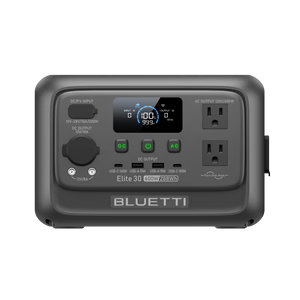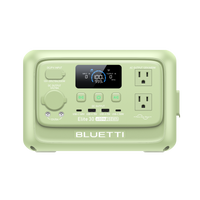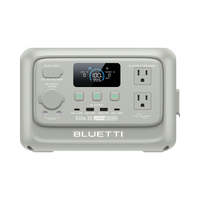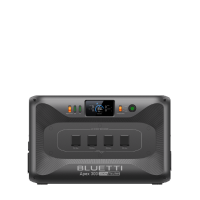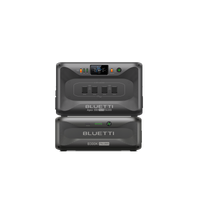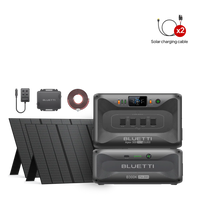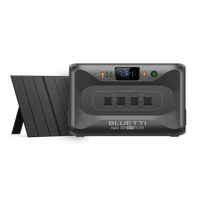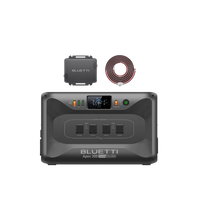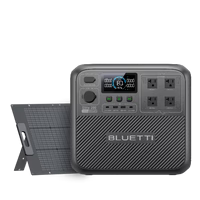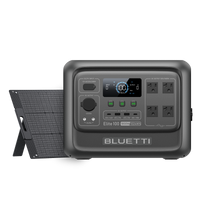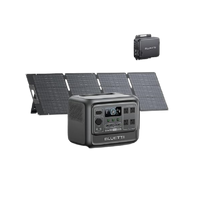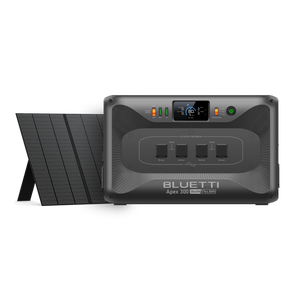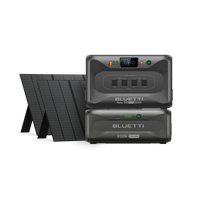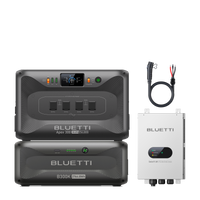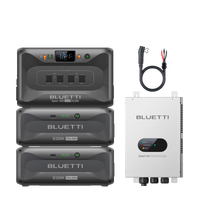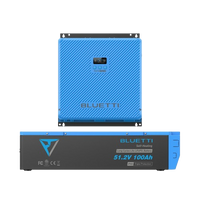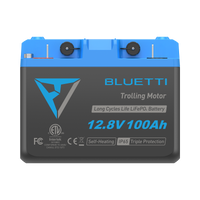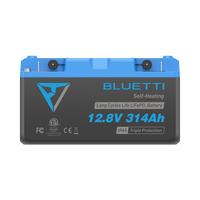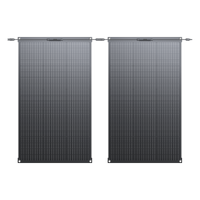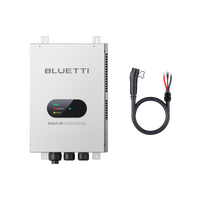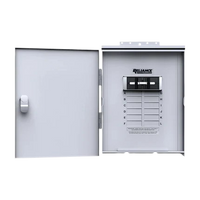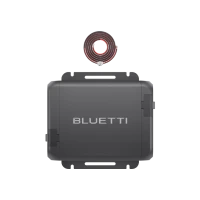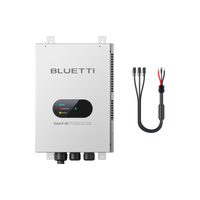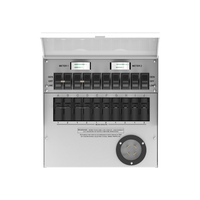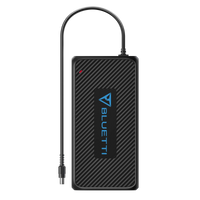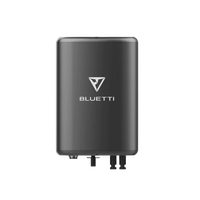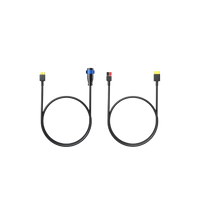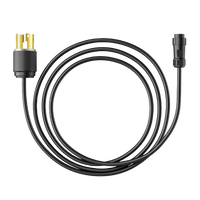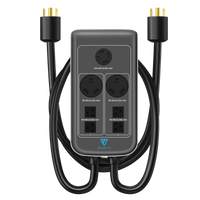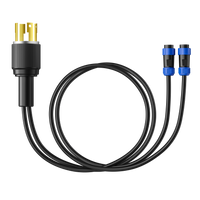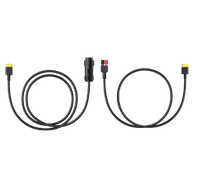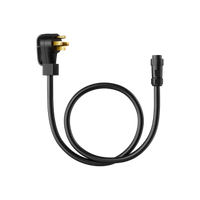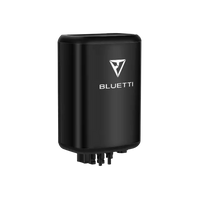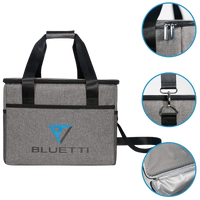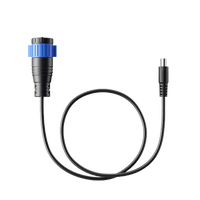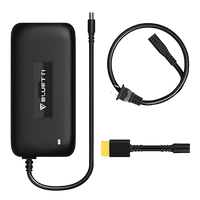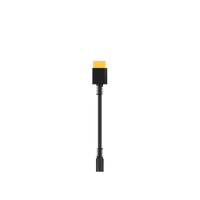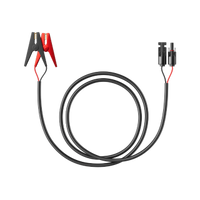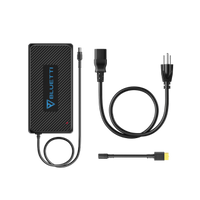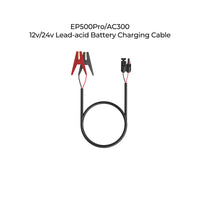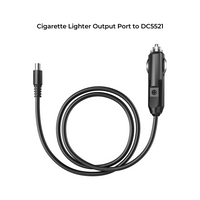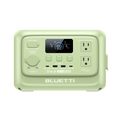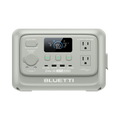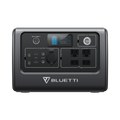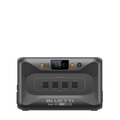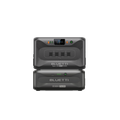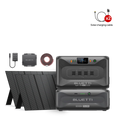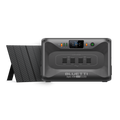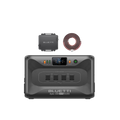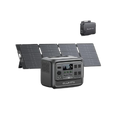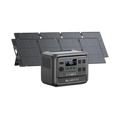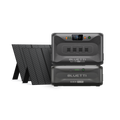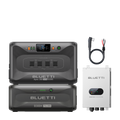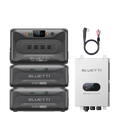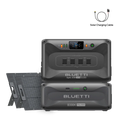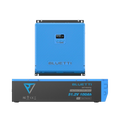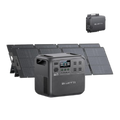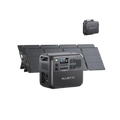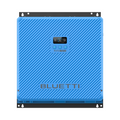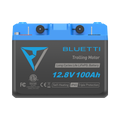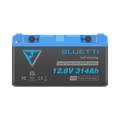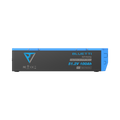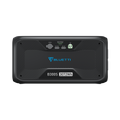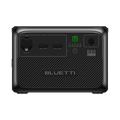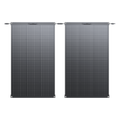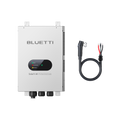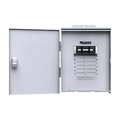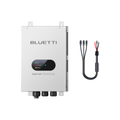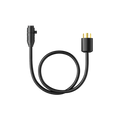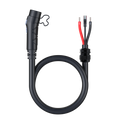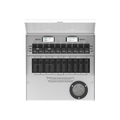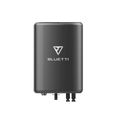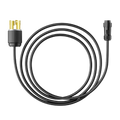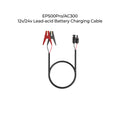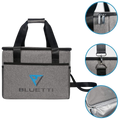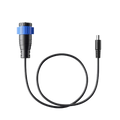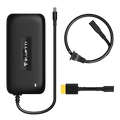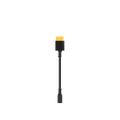L'énergie solaire est une autre énergie renouvelable et écologique, sous forme naturelle, qui vous permettra de réduire vos dépenses d'électricité et vos émissions de carbone. Cependant, l'installation d'un système solaire peut s'avérer très complexe si vous ne connaissez pas tous ses composants et leurs interactions.
Pour remédier à ce problème, certains fabricants proposent désormais des kits de panneaux solaires pré-assemblés, comprenant tout le nécessaire pour démarrer dans la production d'énergie solaire. L'installation est plus simple et permet de gagner du temps et de l'argent, évitant ainsi de comparer constamment les différents composants.
Dans cet exposé, nous expliquerons ce que sont les kits de panneaux solaires, leur contenu, les différents types et comment choisir celui qui convient parfaitement à votre maison. Nous explorerons également les avantages et les inconvénients de l'installation d'un tel kit, tout en vous donnant des conseils pour en optimiser l'utilisation.
Que sont les kits d’énergie solaire ?
Un kit solaire classique comprend deux éléments principaux : des panneaux solaires et un onduleur. Les panneaux solaires sont des dispositifs conçus pour capter la lumière du soleil et la convertir en courant continu. Un onduleur est une machine dont le rôle est de transformer le courant continu en courant alternatif (CA), norme conventionnelle utilisée pour le fonctionnement de la plupart des appareils.
Selon vos préférences et vos besoins, vous devrez probablement envisager l'installation d'une batterie solaire, le câblage, les outils de montage et un régulateur de charge solaire adapté. Une batterie solaire est un appareil permettant de stocker l'énergie solaire excédentaire pour une utilisation ultérieure. Un régulateur de charge solaire est un appareil qui contrôle la tension et le courant de la batterie lors de l'utilisation et de la sortie des panneaux solaires. Le câblage et le matériel de montage sont les pièces qui relient et fixent les composants du kit de panneaux solaires.
Composants d'un kit de panneaux solaires
L'installation de panneaux solaires ne se limite pas à exploiter l'énergie solaire. Il faut également un ensemble de composants qui, une fois assemblés, captent, stockent, transforment et distribuent l'énergie solaire à votre maison ou à votre camping-car.
Les pièces fournies avec un kit pour panneaux solaires :
- Capteurs solaires : Dispositifs qui captent la lumière du soleil et la transforment en courant continu. Les plus courants sont les capteurs monocristallins et polycristallins, ainsi que certaines variantes, chacun présentant des avantages et des inconvénients spécifiques. Les capteurs doivent être de fabricants leaders, reconnus pour leur haute qualité et leur longue durée de vie, avec garantie.
- Batterie solaire: Il s'agit d'un type de cellule qui stocke l'excédent d'énergie solaire pour une utilisation ultérieure. Si vous l'utilisez comme système autonome ou de secours, optez pour une batterie à décharge profonde. Le type, la taille, la tension et la capacité de la batterie sont également des facteurs importants.
- Onduleur: Cet appareil est utilisé à des fins de conversion : le courant continu produit par les panneaux solaires ou celui provenant de la batterie est converti en courant alternatif, ce qui est pratique pour la plupart des appareils. Vous aurez besoin d'un onduleur capable de gérer la puissance de votre système solaire, offrant un rendement élevé et des fonctionnalités de fiabilité et de sécurité.
- Câbles : Il s'agit des fils utilisés pour joindre les composants du kit de panneaux solaires.Il est nécessaire de disposer de câbles compatibles avec la tension, assurant le courant traversant le système et dotés d'une isolation adéquate ainsi que d'une protection. De même, il est impératif de suivre scrupuleusement les instructions lors du tirage et de la mise à la terre des câbles afin d'éviter tout danger ou perte.
- Matériel de montage : Il s'agit des composants permettant de fixer les panneaux solaires au toit, au sol ou à toute autre surface sur laquelle ils seront installés. Il est essentiel qu'ils soient capables de résister aux conditions climatiques difficiles et aux conditions environnementales extrêmes de votre site d'installation. De plus, vous devez également respecter les exigences d'installation pour garantir la sécurité et la solidité de votre système.
Types de kits de panneaux solaires
Ils existent en différentes formes et tailles, selon l'usage prévu et l'emplacement de montage. Il existe trois grandes catégories de kits de panneaux solaires :
- Kits de panneaux solaires rigides : Il s'agit du type de kit de panneaux solaires le plus courant et le plus robuste. Il se compose de panneaux très rigides, plats et lourds, conçus pour une installation permanente sur le toit d'une maison ou sur d'autres grandes surfaces planes. Ce type de kit est donc très efficace et offre les meilleures performances parmi tous les types de panneaux. Cependant, son coût d'achat, de fixation et de transport est élevé. Il est peu adapté aux surfaces courbes ou irrégulières, ni à une utilisation portable.
- Kits de panneaux solaires portables : Il s'agit du kit de panneaux solaires le plus pratique et le plus flexible. Il est composé de panneaux solaires portables, légers et pliables, parfaits pour les déplacements. C'est également le moins cher et le plus facile à installer et à transporter parmi les différents types de panneaux solaires. Cependant, il est le moins efficace et le moins performant, ne permettant d'alimenter que des appareils de très faible puissance.
- Kits de panneaux solaires flexibles : Les kits de panneaux solaires flexibles représentent la dernière innovation en matière d'efficacité énergétique. Il existe des versions fines et flexibles, dotées de cellules photovoltaïques ou de panneaux solaires adaptables, qui s'adaptent facilement aux courbes, voire aux formes irrégulières. Ils constituent une excellente option pour les installations rigides sur de petites maisons, des véhicules ou des bateaux. Plus robustes que les panneaux solaires portables, ils le sont moins que les panneaux solaires rigides et sont également moins économes en énergie. Ils sont également plus coûteux et plus difficiles à installer que les panneaux solaires portables, mais moins chers et plus faciles à installer que les panneaux solaires rigides.
Facteurs à prendre en compte avant l'installation de kits solaires
Voici les éléments de base à garder à l’esprit lors de la sélection d’un kit de panneaux solaires :
- Types : Les capteurs monocristallins sont efficaces mais coûteux. En revanche, les panneaux polycristallins sont inefficaces et moins chers. Les panneaux amorphes sont les moins efficaces et les moins chers.
- Type de toit : Les toits pentus ne sont pas faciles à installer. Les toits plats sont faciles à installer. Vérifiez l'état et l'orientation de votre toit.
- Consommation d'énergie : Utilisez un calculateur solaire pour estimer votre consommation d'énergie. Comparez les prix et les fonctionnalités de différents kits.
- Heures d'ensoleillement et climat : Consultez la carte du rayonnement solaire et la météo locale. Pensez à tous les facteurs susceptibles de gêner ou de masquer la lumière du soleil.
- Coût vs. Temps : Vos calculs doivent inclure le coût initial et les dépenses récurrentes, le cas échéant. Des avantages tels que des économies sur les factures d'électricité et des revenus tirés de l'énergie produite par sa revente au réseau sont également à prendre en compte. Comparez le coût et le temps d'installation de plusieurs kits.
- Garanties : Vérifiez les conditions de garantie du service.Choisissez un kit accompagné d’une garantie complète provenant d’une bonne source.
De quelle taille de kit solaire ai-je besoin pour ma maison ?
L'un des éléments les plus importants à prendre en compte avant d'acheter un kit de panneaux solaires est sa taille. Celle-ci doit être évaluée en fonction de la quantité d'électricité consommée, de l'espace disponible et de l'ensoleillement disponible. Elle doit vous permettre de répondre aux besoins de vos charges sans gaspiller d'argent ni de ressources considérables.
Illustrons cela avec deux exemples de kits de panneaux solaires d’une marque leader du secteur :
Kit de panneaux solaires BLUETTI PV350
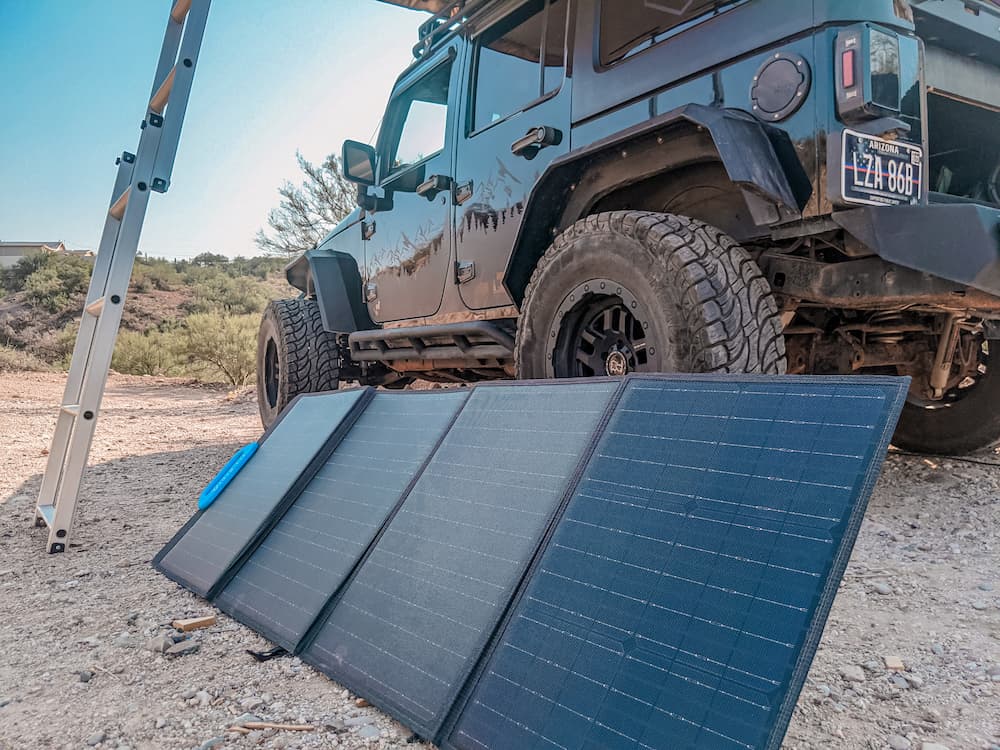
Il offre une puissance de sortie incroyable de 350 W, avec un rendement de conversion impressionnant de 21 %. Facile à installer et à replier, il est fourni avec une béquille. Il est donc résistant aux éclaboussures et peut même se connecter aux centrales BLUETTI AC180/AC200P/AC200MAX/AC300/AC500/EP500Pro. Idéal pour les petites et moyennes maisons consommant environ 1,5 kWh par jour, avec une disponibilité d'ensoleillement maximale estimée à 4 heures par jour.
Panneau solaire BLUETTI PV420

Il s'agit d'un kit de panneaux solaires de 420 W avec un rendement de conversion élevé de 23,4 %. Pliable, il offre une excellente durabilité et une grande longévité. De plus, il est parfaitement compatible avec les centrales BLUETTI telles que l'AC200P, l'AC200MAX, l'AC300, l'AC500 et l'EP500Pro. Ce kit solaire est adapté aux applications domestiques de grande et moyenne taille avec un ensoleillement maximal d'environ 5 heures par jour et une consommation électrique quotidienne d'environ 2 kWh.
Vaut-il la peine d’installer des kits de panneaux solaires ?
Oui, ils sont rentables lorsqu'ils sont correctement installés. Les kits de panneaux solaires réduisent les factures, augmentent la valeur immobilière, produisent une énergie propre et fournissent une alimentation de secours. Cependant, ils présentent certains inconvénients : leur coût élevé, leur entretien et leur sensibilité aux conditions météorologiques et saisonnières, ainsi que des problèmes techniques nécessitant l'intervention d'un professionnel.
Réflexions finales
Les kits de panneaux solaires offrent un moyen idéal de récolter l'énergie solaire pour votre maison de la manière la plus écologique, et ils sont capables d'économiser une quantité abondante sur les dépenses d'énergie électrique, d'augmenter la valeur de la propriété et de réduire le carbone.
Cependant, les kits de panneaux solaires ne sont pas conçus sur mesure. Avant d'acheter et d'installer votre système, il est important de prendre en compte certains aspects, tels que le type, la taille, le prix, la garantie d'achat, la structure du toit, l'ensoleillement de votre région, votre consommation d'énergie et le climat local.
Vous devriez entreprendre des études sérieuses et comparer les kits disponibles afin d'être certain d'avoir trouvé celui qui convient à votre maison, afin de pouvoir commencer à profiter de l'énergie solaire.
